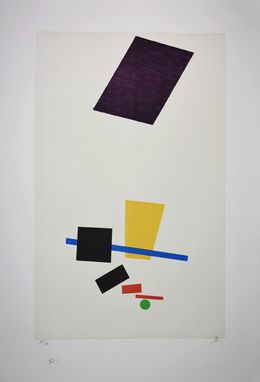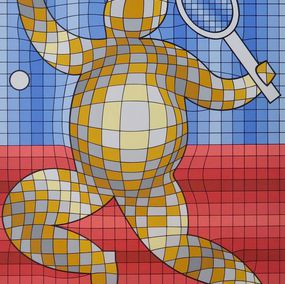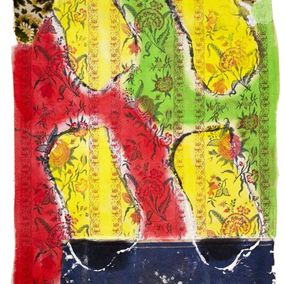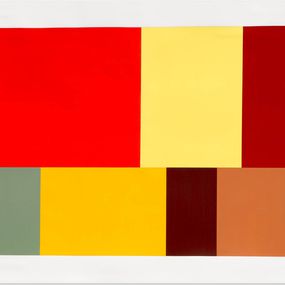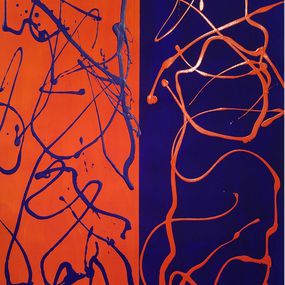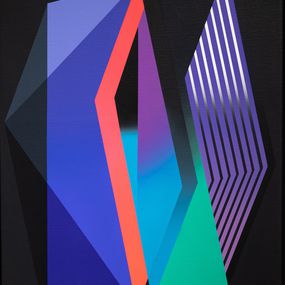
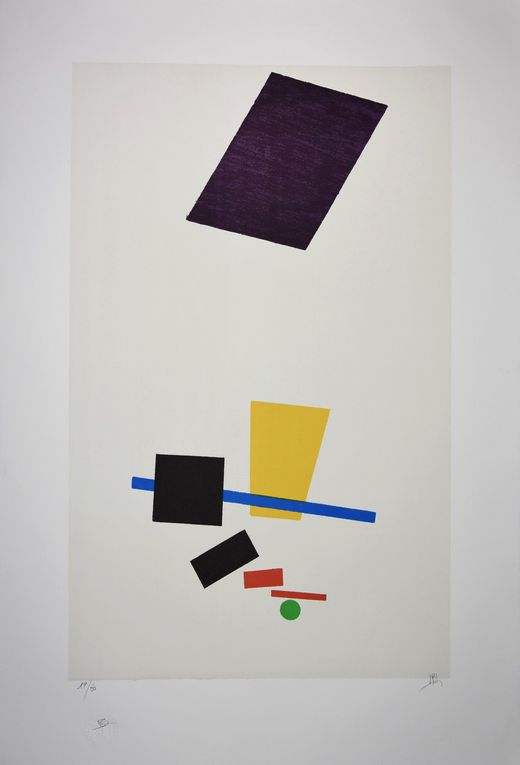
Art must not be an imitation of the world.
Biography
Kasimir Malevitch is one of the first abstract painters of the 20th century and the creator of the suprematist movement. Kazimir Severinovich Malevich was born on February 26, 1878, near Kiev. He moved to Moscow in 1902 and studied at the Moscow Institute of Painting, Sculpture, and Architecture.
During the early years of his career, he experimented with various Modernist styles and participated in avant-garde exhibitions, such as those of the Moscow Artists' Association, which included Vasily Kandinsky and Mikhail Larionov, and the Jack of Diamonds exhibition of 1910 in Moscow. Malevich showed his Primitivist paintings of peasants at the exhibition Donkey's Tail in 1912. After this exhibition he broke with Larionov's group. In 1913, with composer Mikhail Matyushin and writer Alexei Kruchenykh, Malevich drafted a manifesto for the First Futurist Congress. That same year he designed the sets and costumes for the opera Victory over the Sun by Matyushin and Kruchenykh. Malevich showed at the Salon des Indépendants in Paris in 1914.
At the 0.10: The Last Futurist Exhibition in Petrograd in 1915, Malevich introduced his nonobjective, geometric Suprematist paintings. Following the Russian Revolution in 1917, Malevich and other advanced artists were encouraged by the Soviet government and attained prominent administrative and teaching positions. In 1919 he began to explore the three-dimensional applications of Suprematism in architectural models. Malevich began teaching at the Vitebsk Popular Art School in 1919; he soon became its director.
In 1919–20, he was given a solo show at the Sixteenth State Exhibition in Moscow, which focused on Suprematism and other nonobjective styles. Malevich and his students at Vitebsk formed the Suprematist group Unovis. From 1922 to 1927 he taught at the Institute of Artistic Culture in Petrograd, and between 1924 and 1926 he worked primarily on architectural models with his students.
In 1927 Malevich traveled with an exhibition of his paintings to Warsaw and also went to Berlin, where his work was shown at the Grosse Berliner Kunstausstellung. In Germany he met Jean Arp, Naum Gabo, Le Corbusier, and Kurt Schwitters and visited the Bauhaus, where he met Walter Gropius. The Tretiakov Gallery in Moscow gave Malevich a solo exhibition in 1929. Because of his connections with German artists, he was arrested in 1930 and many of his manuscripts were destroyed. In his final period, he painted in a representational style. Malevich died on May 15, 1935, in Leningrad. He was burried in a coffin adorned with suprematist motifs.
Nationality
Categories
Artistic movements
Themes





